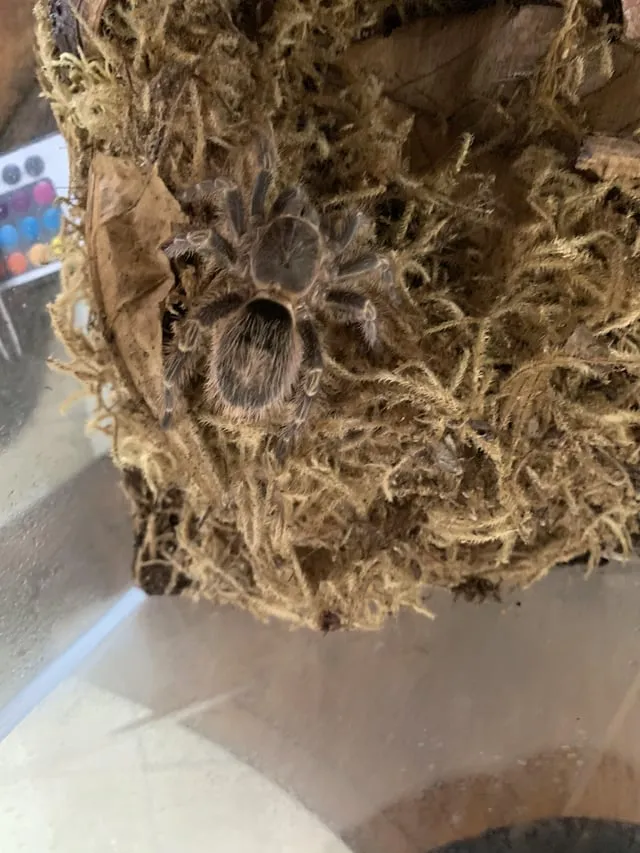What to do if Your Tarantula is Stagnant
Discovering your tarantula motionless can be alarming, but it’s crucial to remain calm. Before panicking, carefully observe your pet and its environment. Many factors can cause a tarantula to become stagnant, ranging from natural processes like molting to environmental issues or health problems. Understanding the potential causes is the first step in determining the appropriate course of action. This guide offers insights into why your tarantula might not be moving and what steps you can take to address the situation. By systematically evaluating the environmental conditions, the tarantula’s behavior, and its physical state, you can often identify the root cause and ensure your pet’s well-being. Remember, patience and observation are key; hasty actions can sometimes do more harm than good. Proper care and understanding of your tarantula’s needs will help you to respond effectively.
Temperature & Humidity
Importance of Proper Environment
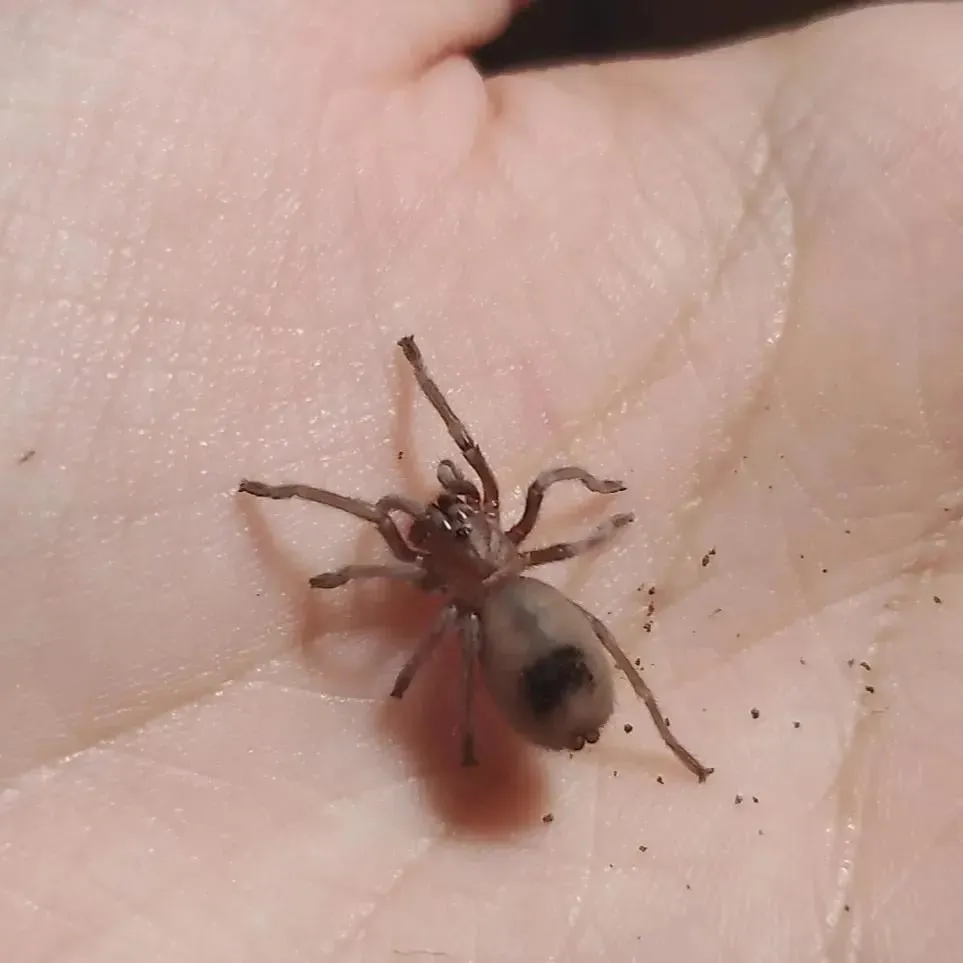
The environmental conditions in your tarantula’s enclosure play a critical role in its health and activity levels. Tarantulas are ectothermic, meaning they rely on external sources to regulate their body temperature. Maintaining appropriate temperature and humidity levels is essential for their metabolism, digestion, and overall well-being. An inadequate environment can lead to various health problems, including lethargy and lack of movement. Monitoring and adjusting these factors are fundamental aspects of responsible tarantula care. Failing to provide the correct environment can cause your tarantula to become stressed, and even lead to serious health complications. Regular checks and adjustments will contribute to a happy and healthy tarantula.
Impact of Temperature
Temperature significantly influences a tarantula’s activity and metabolism. Most tarantula species thrive in temperatures ranging from 75°F to 85°F (24°C to 29°C). If the temperature is too low, your tarantula may become sluggish, lose its appetite, and move less frequently. Conversely, excessively high temperatures can lead to dehydration and heat stress, also affecting movement. Using a reliable thermometer to monitor the enclosure’s temperature is crucial. If the temperature is outside the recommended range, you may need to adjust the heating source or move the enclosure to a more suitable location. Ensuring the correct temperature promotes proper bodily functions and keeps your tarantula active and healthy.
Impact of Humidity
Humidity is another crucial environmental factor. Tarantulas need adequate moisture to stay hydrated and facilitate molting. The required humidity levels vary by species, but generally, a range of 60% to 80% is appropriate. Low humidity can lead to dehydration, making the tarantula appear lethargic and motionless. High humidity, while less common, can promote mold and bacterial growth, which can also harm the tarantula. Monitoring humidity with a hygrometer and adjusting it as necessary is key. Regularly misting the enclosure with dechlorinated water, providing a water dish, and using appropriate substrate can help maintain optimal humidity levels. Proper humidity is key to molting and keeping your tarantula healthy.
Molting Process Explained
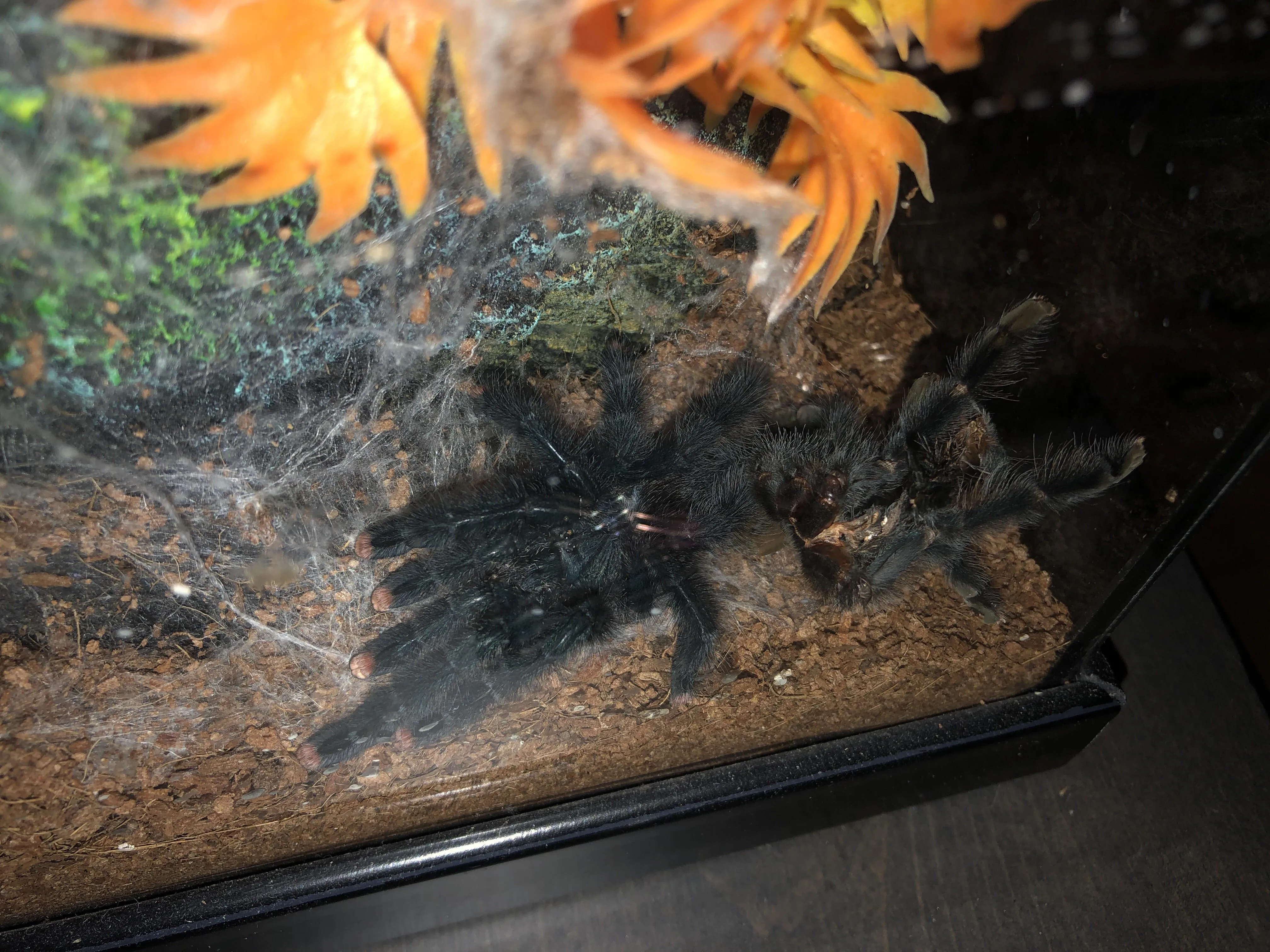
Signs of Molting
Molting is a natural process where tarantulas shed their exoskeleton to grow. This process can make the tarantula appear stagnant. Before molting, the tarantula often displays several telltale signs. These include loss of appetite, a change in behavior (e.g., hiding more), and the darkening of their abdomen. You might also notice the tarantula lying on its back, a position in which it sheds its old exoskeleton. The tarantula may also seal itself into its burrow or construct a web mat. If you observe these signs, avoid disturbing your tarantula, and maintain optimal environmental conditions. Recognizing the pre-molt behaviors helps to avoid unnecessary interventions.
What to Expect During Molting
During molting, the tarantula is highly vulnerable. The process can take several hours to a day or more, depending on the size and age of the tarantula. The tarantula will lie on its back, and the exoskeleton will split open. Avoid handling or disturbing the tarantula during this time. After molting, the tarantula’s new exoskeleton will be soft and vulnerable. Give the tarantula time to harden its new exoskeleton before attempting to feed it. Provide plenty of water, but avoid overfeeding. You will notice the tarantula’s movement becoming more active and the vibrant colors returning. Understanding what happens during molting can reassure you and protect your tarantula.
Pre-Molting Stagnation
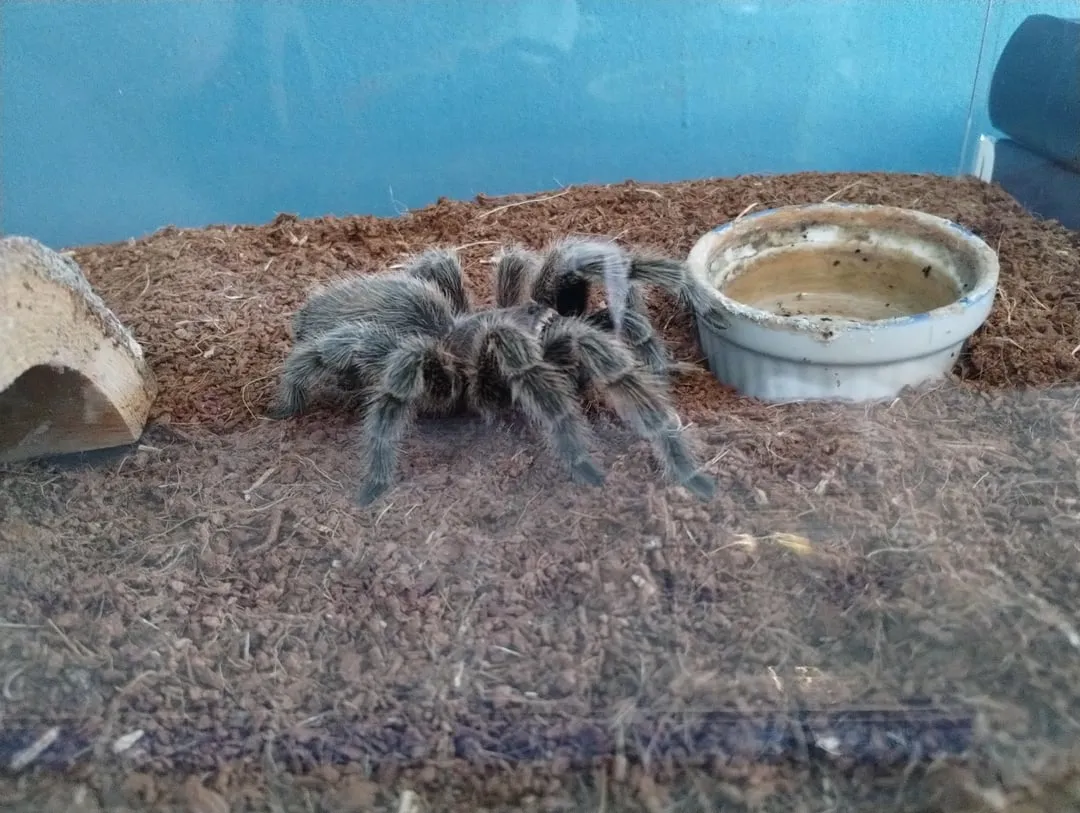
Stagnation is commonly observed before molting. During this period, the tarantula may become very still and might refuse food. This is because the tarantula is conserving energy for the taxing molting process. Providing a stable environment is crucial during this period. Keep the temperature and humidity at the ideal levels, and avoid any disturbances. The tarantula might remain in a stationary position for days or even weeks. The length of time depends on the species and the individual tarantula’s molting cycle. Knowing that this is a normal stage in the molting process can help to manage any concerns. Ensure that water is available, but do not attempt to feed the tarantula until after the molt.
Post-Molting Behavior
After molting, your tarantula will be in a vulnerable state. The exoskeleton is soft and requires time to harden. You will likely see the tarantula remaining still as it recovers. Provide fresh water, but do not attempt to feed it immediately. It is best to wait a few days to allow the new exoskeleton to fully harden. During this period, you will observe an increase in movement. You will also notice that the colors of the tarantula become brighter. Gradually introduce food, starting with small, easily manageable prey items. Be patient, and monitor the tarantula’s feeding behavior and overall condition. Proper post-molt care ensures your tarantula’s swift recovery and a return to its active life.
Dehydration Symptoms
How to Recognize Dehydration in Tarantulas
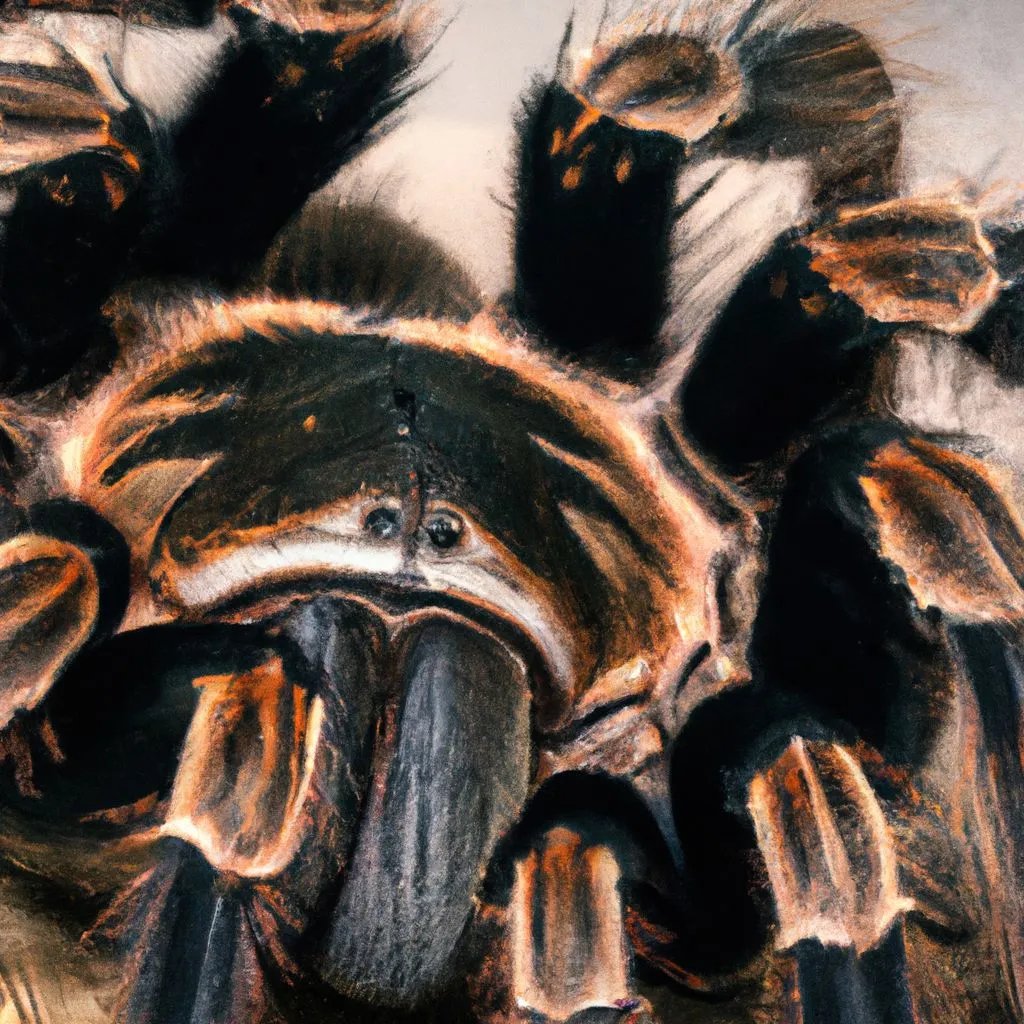
Dehydration is a common issue that can make your tarantula stagnant. Several signs can indicate a dehydrated tarantula. These signs include a shrunken or wrinkled abdomen, sluggish movements, and a lack of appetite. The tarantula may appear weak and unable to walk properly. In severe cases, dehydration can be life-threatening. Regular observation of your tarantula and its enclosure is key. If you notice any of these signs, prompt action is required. Remember that maintaining proper humidity levels is crucial in preventing dehydration. Dehydration is a serious condition and requires immediate care. Early detection and intervention can make a significant difference.
Treating Dehydration
If you suspect your tarantula is dehydrated, immediate action is needed. Ensure a constant supply of fresh, clean water in a shallow dish. You can also mist the enclosure with dechlorinated water, but avoid soaking the substrate. In severe cases, you might need to gently drip water onto the tarantula’s mouth using a syringe or a dropper. Monitor the tarantula’s condition closely. Improve environmental conditions by increasing humidity to the appropriate level for its species. It may take a few days for the tarantula to recover. If the condition does not improve, consult an experienced tarantula keeper or a veterinarian. Proper hydration is essential for your tarantula’s health and survival. Seeking help is essential if your tarantula’s condition does not improve.
Stress Identifying Causes
Common Stressors

Tarantulas can experience stress from various factors, leading to stagnation. Common stressors include frequent handling, loud noises, vibrations, and sudden changes in their environment. Overcrowding, inadequate hiding places, and the presence of other disturbing stimuli can also cause stress. Recognizing the stressors in your pet’s life is the first step towards helping them. Understanding the causes of stress can help you prevent the issues from occurring. A stressed tarantula may hide more frequently, refuse to eat, or move less. Identify all potential stressors, and work to eliminate or mitigate these influences. Provide a safe and secure environment.
Reducing Stress in Your Tarantula
Reducing stress is vital for maintaining your tarantula’s well-being. Minimize handling; only handle your tarantula when necessary. Provide a spacious enclosure with plenty of hiding places. Reduce noise and vibrations near the enclosure. Maintain a consistent environment, avoiding sudden changes in temperature, humidity, or lighting. Ensure the tarantula is not disturbed by other pets or children. Regular environmental checks can help in identifying stress triggers. Create a calm, stable environment that will encourage natural behaviors, and promote the overall health of your tarantula. Your tarantula will show more activity when it feels safe.
Health Issues
Parasites

Parasites can sometimes infect tarantulas, causing them to become lethargic. Mites and other external parasites can infest the tarantula, leading to discomfort and reduced activity. These parasites may be visible to the naked eye, such as tiny red or brown dots on the tarantula’s body or legs. Internal parasites are less common. Regularly inspect your tarantula for any signs of parasitic infestation. If you suspect a parasitic infection, isolate the affected tarantula and consult a veterinarian experienced in exotic animals. Early detection and treatment are critical for preventing serious health complications. A healthy, clean environment is the best preventative measure.
Other health issues
Besides parasites, tarantulas can suffer from other health issues, such as fungal infections and bacterial infections. These illnesses can also lead to lethargy and a lack of movement. Injury is also a potential cause, which may make the tarantula hesitant to move. Identifying these issues can be challenging, but some signs might include unusual discoloration, swelling, or lesions. If you notice any of these symptoms, isolate the tarantula immediately and seek veterinary advice. Maintaining a clean enclosure, providing proper nutrition, and preventing injuries are crucial for promoting good health. Early diagnosis and treatment can improve the outcome.
Feeding Issues
Feeding Habits
Changes in feeding habits may affect a tarantula’s activity. Tarantulas generally have irregular eating patterns. Some species have a voracious appetite while others eat less frequently. Changes in their feeding behavior can indicate an underlying problem. The tarantula may stop eating altogether, eat less, or only eat certain types of food. You need to understand your tarantula’s normal feeding habits. If the tarantula refuses to eat for an extended period, there might be a problem. This is not always a cause for concern, but combined with other signs, this could indicate an issue. Monitor your tarantula’s eating behaviors, and adjust your feeding practices accordingly. Offer a variety of insects to maintain interest.
Overfeeding
Overfeeding can lead to health problems and decreased activity in tarantulas. Excessive food intake can cause obesity and other health issues. A tarantula that is overfed may become less active and spend more time hiding. Monitor the tarantula’s size and appearance. The abdomen should not be disproportionately large. Adjust the feeding frequency, and offer appropriately sized meals. Young tarantulas require more frequent feeding than adults. Consult with an experienced tarantula keeper or a veterinarian for guidance on feeding frequency and portion sizes. Proper feeding practices are crucial for maintaining the health and longevity of your tarantula.
Underfeeding
Conversely, underfeeding can also cause stagnation in tarantulas. A tarantula that does not receive enough food may become weak and lethargic. Check the tarantula’s abdomen and overall appearance. A tarantula that is too thin and does not eat will have a shrunken abdomen. If you suspect underfeeding, increase the frequency and quantity of the meals. Offer a variety of insects to ensure it’s receiving adequate nutrients. Adjust your feeding schedule based on the tarantula’s age and species. Ensure you are providing the right size insects. If the tarantula is still not eating or is losing weight, consult with an experienced tarantula keeper or a veterinarian. Ensure adequate food intake to keep the tarantula healthy.
